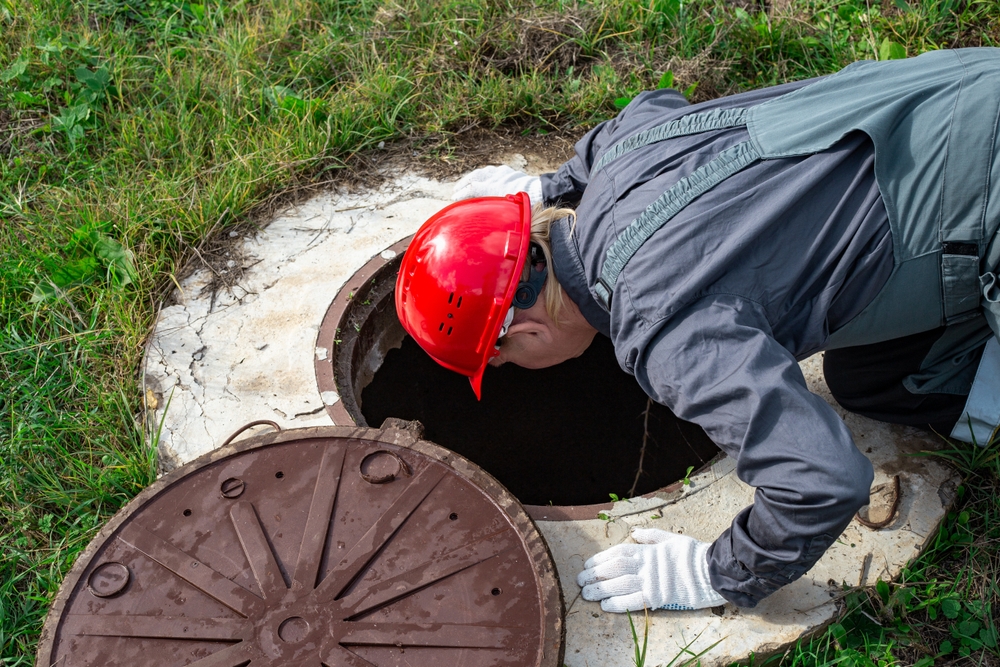Maximizing Tank Lifespan: Essential Maintenance Tips
Maintaining the longevity and efficiency of your tanks, whether they are underground storage tanks or septic tanks, requires diligent care and attention. Tanks play a crucial role in various systems, from fuel storage to wastewater management. By following essential maintenance tips and best practices, you can prevent issues such as leaks and system failures, ensuring your tanks remain functional for years to come. This guide covers key maintenance strategies and best practices for maximizing tank lifespan.
Tank Types and Their Importance
Underground Storage Tanks (USTs)
Underground storage tanks (USTs) are commonly used to store fuels, chemicals, and other substances. They are buried underground to save space and protect the stored contents from environmental factors. However, USTs are prone to issues such as leaks, corrosion, and environmental contamination if not properly maintained.
Septic Tanks
Septic tanks are used to manage household wastewater in areas without centralized sewage systems. They break down organic matter and allow the liquid effluent to be absorbed into the soil. Proper maintenance is crucial to prevent system backups, environmental contamination, and costly repairs.
How to Prevent Underground Storage Tank Leaks
Regular Inspections
Conduct regular inspections of your underground storage tank to identify any signs of wear and tear. Look for visual indicators of leaks, such as soil discoloration or unusual vegetation growth above the tank. Inspections should be performed by a qualified professional who can assess the tank’s structural integrity and functionality.
Corrosion Protection
Corrosion is a major concern for USTs, especially those made of metal. To prevent corrosion, ensure that your tank is equipped with a corrosion protection system, such as a cathodic protection system or a corrosion-resistant coating. Regularly inspect and maintain these protection systems to ensure their effectiveness.
Proper Tank Installation
Proper installation of your underground storage tank is crucial to prevent leaks and other issues. Ensure that the tank is installed by a certified professional who follows industry standards and local regulations. Proper installation includes adequate backfilling, tank placement, and connection of pipes and fittings.
Leak Detection Systems
Install leak detection systems in and around your underground storage tank to provide early warnings of potential leaks. These systems can include sensors, alarms, and monitoring equipment that detect changes in tank levels or the presence of leaked substances. Regularly test and calibrate these systems to ensure their accuracy.
Preventive Maintenance
Implement a preventive maintenance schedule that includes tasks such as cleaning, inspecting, and servicing your tank. Address minor issues before they escalate into major problems. Regular maintenance helps extend the lifespan of your tank and prevents unexpected failures.
Best Practices for Septic Tank Maintenance
Regular Pumping
Regularly pump your septic tank to remove accumulated sludge and scum. The frequency of pumping depends on factors such as tank size, household size, and usage patterns. As a general rule, septic tanks should be pumped every 3 to 5 years. Consult with a septic tank professional to determine the appropriate pumping schedule for your system.
Proper Waste Disposal
Avoid flushing non-biodegradable items, chemicals, or grease down the toilet or drain. These materials can clog the septic system and disrupt the natural breakdown of waste. Use your septic system as intended, disposing of only biodegradable waste and avoiding harsh chemicals that can harm the beneficial bacteria in the tank.
Inspection and Maintenance
Schedule regular inspections of your septic system to ensure it is functioning properly. A professional inspection can identify potential issues such as leaks, blockages, or system malfunctions. Address any problems promptly to prevent costly repairs and ensure the system operates efficiently.
Soil Maintenance
Maintain the area around your septic tank and drain field to prevent damage and ensure proper water absorption. Avoid planting trees or shrubs with deep roots near the septic system, as they can interfere with the drain field. Additionally, avoid driving over the drain field or placing heavy objects on it, as this can compact the soil and affect system performance.
System Upgrades
Consider upgrading your septic system if it is outdated or not functioning optimally. Modern septic systems offer improved efficiency and reduced environmental impact. Consult with a septic system professional to evaluate whether an upgrade is necessary and to explore available options.
Conclusion
Maximizing the lifespan of your underground storage tanks and septic systems requires proactive maintenance and adherence to best practices. By following the tips outlined above, you can prevent issues such as leaks, system failures, and costly repairs. Regular inspections, proper installation, and preventive maintenance are essential to ensure your tanks remain functional and efficient for years to come. Investing time and effort into tank maintenance not only extends their lifespan but also protects the environment and your investment.



